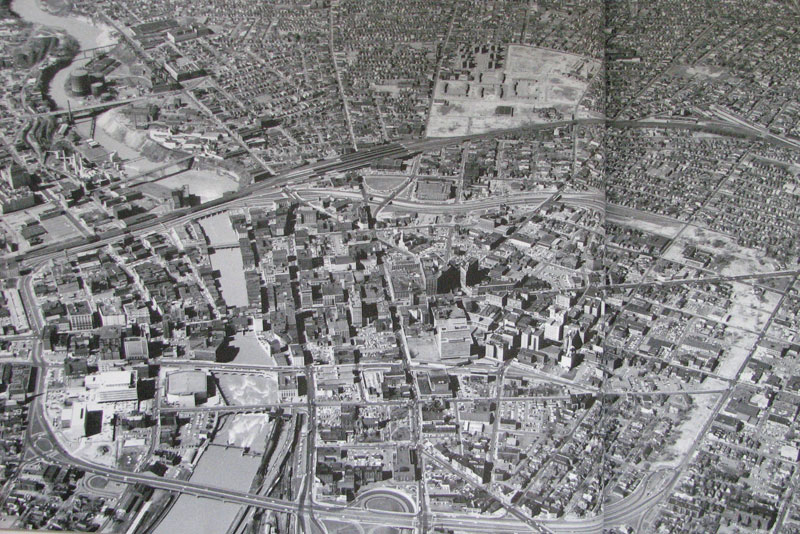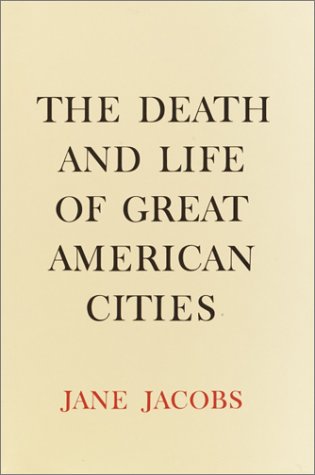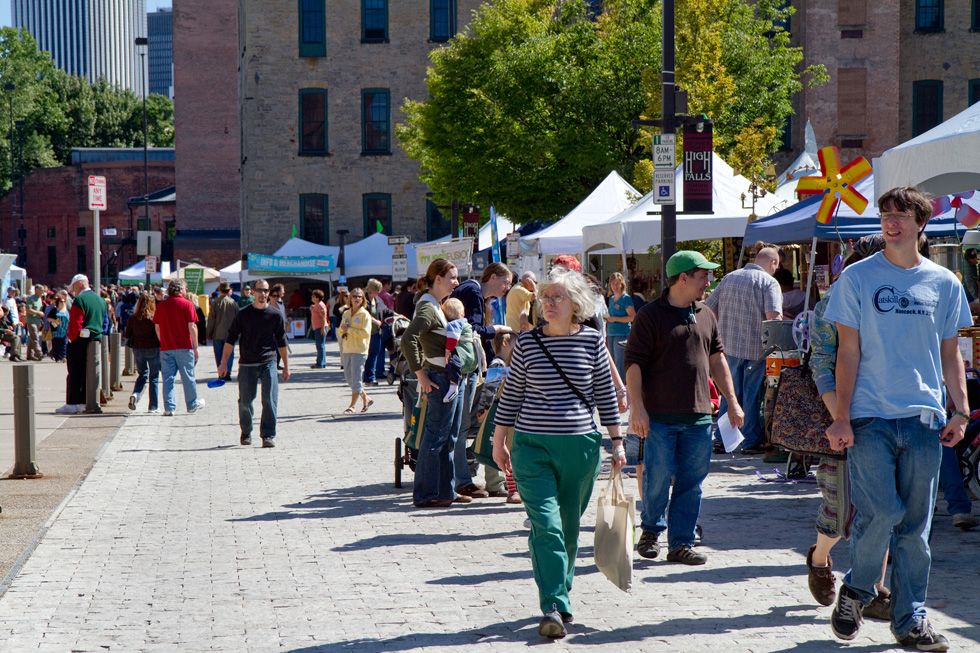This article was scraped from Rochester Subway. This is a blog about Rochester history and urbanism has not been published since 2017. The current owners are now publishing link spam which made me want to preserve this history.. The original article was published April 21, 2013 and can be found here.
![The Greentopia Festival in High Falls, Rochester, NY. [PHOTO: Greentopia]](https://senseofplace.dev/content/images/photos/rochester-greentopia-2011-1.jpg)
The GardenAerial project could one day transform High Falls - Rochester's oldest neighborhood. A landscaped pedestrian trail is planned to be built all the way around the rim of the gorge. Pre-existing structures & trails would be converted into multi-use public green spaces. And if all goes according to the vision, the entire area (in and around the gorge) could become New York's first EcoDistrict

. But this is not an initiative led by City Hall. The idea was brought to the table by two Rochester residents, and is now being advanced by their non-profit, Friends of the GardenAerial.
The first phase of the GardenAerial project will be funded in part by this this online campaign

. But there's only one week left and $6,600 still to raise. In a recent comment to RochesterSubway.com, city resident Jim Fraser explains why crowdsourced projects like this are critical to the future of our city...
![City Hall, Rochester, NY. [PHOTO: Rochester City Hall Photo Lab]](https://senseofplace.dev/content/images/photos/rochester-city-hall.jpg)
The following is a guest post submitted by Jim Fraser .
Submit your story today .
There is an awakening movement that may radically change the way cities engage in placemaking. And while most perceive its dimensions only vaguely, the juxtaposition of two recent events--the closing of High Falls Visitor Center, and the emergence of GardenAerial--reveals a fault line that is emerging between two great ages in urban planning.

Beginning with the acceptance of zoning as settled law in the 1920's, control of the shaping of cities' places, spaces and infrastructure became, by and large, and by turns, a function of government - mostly city government. The "post-war boom" and the Great Society gave us Urban Renewal, redlining and suburban sprawl. In Rochester, I-490 and the Inner Loop were blasted through downtown, destroying a large part of CornHill and severing countless vital connections between neighborhoods. "Slum clearing" morphed into "towers in the park" project housing, a disaster by nearly every measure. Midtown Plaza, built to compete with suburban retail by imitating it, failed. And the automobile was crowned king.
![State Street, Rochester, NY. 1952. [PHOTO: Rochester Municipal Archives]](https://senseofplace.dev/content/images/photos/state-street-rochester-1952.jpg)
While prosperity lasted and upward mobility still described ordinary lives, things seemed pretty good. But it couldn't last. While other nations' economies began to catch up, we continued in our wasteful ways, ignoring the warnings. Eventually, the belief that our prosperity was inevitable, a birthright, began to reveal itself as fiction to more and more, across a range of experts. Slowly at first, those who manage our city's finances began to cut back. In time, in the name of 'fiscal responsibility', they turned to the destruction of assets. The office of City Historian was eliminated to save a few thousand dollars, instead of being re-envisioned and reconfigured as a revenue generator. Instead of choosing a more creative solution, the subway line (and former canal bed) west of downtown was simply filled in. The demolition of traditional housing has been given steroidal injections of cash. In a stunning, Orwellian twist of logic, we are told that "shrinkage is good." The truth is, after a generation of insisting on deciding, doing, paying for everything, city government has finally priced itself out of the market.

While all of these cuts look good on paper, they are toxic to the long-term health of our city. They are tactical, not strategic. City governments never were good with strategy, because they can't be. First, good strategy requires vision, holistic thinking and risk. In a vast hierarchy, the power to break with the existing order at will is granted to only one person, the mayor. Second, to handle the complexity of cities, their governments are arranged as departments, with each assigned a single function. But urban problems are multi-variant, many sided. And third, cities are administered as single, corporate entities, even though nobody experiences cities that way. Ironically, the very things that make cities exceptional - a High Falls or an ArtWalk or a Cornhill Festival for instance - are exceptions to the rules. I refer readers to the chapter in Jane Jacobs' "Death and Life" entitled, "The kind of problem a city is", and to an entire book on the subject - "What We See" - an anthology intended as a follow-on to Jacobs' work. City halls do 'how', not 'what' or 'why'. We never noticed that, in all these years while strategy was simple and dissenters were few. It is vital to our city's survival that we do so now.
![Concept for a Sunken Garden at Browns Race, High Falls. Rochester, NY. [IMAGE: Bryant Design Studios]](https://senseofplace.dev/content/images/photos/rochester-sunken-garden-cropped.jpg)
What we see with the GardenAerial project is an unintended out-sourcing of planning strategy. While city hall's visitor center bled cash , an entrepreneur with an idea built a new organization and inspired energetic individuals to join in. With a fraction of the city's planning budget, they found tools to develop and render the vision. The GardenAerial team then found a way to crowd-source the financing of their project, while city hall couldn't figure out how to finance repairs to an old water pump. They've launched a host of events to build the brand and engage the public with their vision. Meanwhile, the city, finally noticing the red ink, chooses to cut yet another asset rather than risk another attempt at the vision thing.
Entrepreneurialism, collaboration, participation, and a visceral connection with coolness. Meet the new face of urban placemaking.
* * *
How You Can Help
You can help make the GardenAerial project a reality by making a donation

today. There's only one week left with a gap of $6,600 to reach our goal. No amount is too big or small. And please share the link with your friends.
About Jim Fraser:
Jim Fraser is a community activist, investor and craftsman living and working in northeast Rochester. He is founder of The Urban Village Collaborative, a non-profit agency that promotes asset-based community development in underserved Rochester neighborhoods. Working with Project HOPE, he has helped to organize a community planning group, several block clubs and community events. He and his partner, Jo Dickinson, do period-sensitive rehabs

of Victorian houses in their neighborhood. For their work in the community, Jim and Jo were awarded the Betty Strasenburgh Award for Activism by the Rochester Design Center in 2011.


